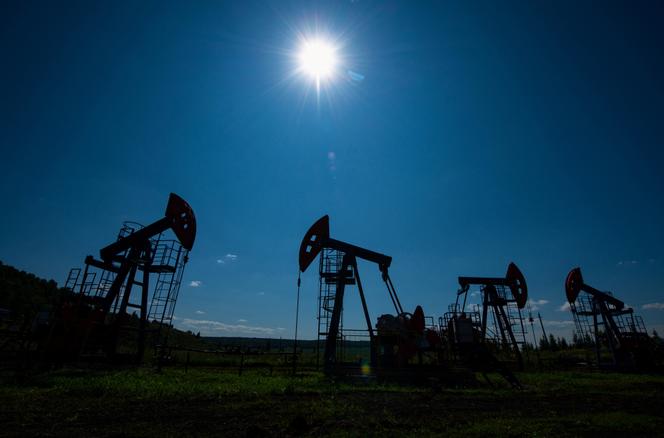


In 2015, around 200 countries adopted the Paris Agreement on climate change, whose most ambitious target is to limit global warming to 1.5°C above pre-industrial levels by 2100.
Ten years later, the main hydrocarbon-producing countries plan to put on the market by 2030 more than twice the level of fossil fuels compatible with that agreement. This was the finding of the Production Gap Report published Monday, September 22, less than two months before the opening of the 30th United Nations Climate Change Conference (COP30) in Belém, Brazil.
This report, produced since 2019 by the Stockholm Energy Institute (SEI), Climate Analytics and the International Institute for Sustainable Development, measures the gap between the global production of coal, oil and gas planned by governments and the levels needed to contain the climate crisis. To do so, researchers analyzed the energy roadmaps of some 20 countries that together account for more than 80% of total fossil fuel production (Australia, Brazil, Canada, China, Colombia, Germany, India, Indonesia, Kazakhstan, Kuwait, Mexico, Nigeria, Norway, Qatar, Russia, Saudi Arabia, United Arab Emirates, the United Kingdom and the United States).
You have 71.5% of this article left to read. The rest is for subscribers only.
